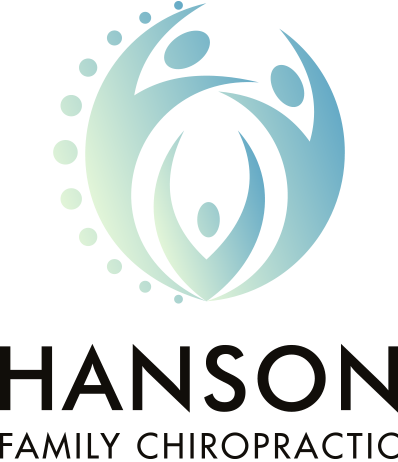How to Combat Poor Sitting Posture
Sitting unfortunately has become a large part of everyday life with everything from school, work and even leisure activities now taking a seat. As we sit for longer periods of time we fall into predictable patterns of muscular tightness, muscular lengthening and overtime, postural deformities. These patterns lead to dysfunctional movement, pain & discomfort, nerve compression, headaches and eventually chronic health conditions.
As we sit for longer periods of time we fall into predictable patterns of muscular tightness, muscular lengthening and overtime, postural deformities. These patterns lead to dysfunctional movement, pain & discomfort, nerve compression, headaches and eventually chronic health conditions.
First, let’s talk about how to sit properly:
- Adjust your seat height so your feet can be flat on the floor with your thighs parallel to the ground.
- Now scoot your butt all the way back into the chair while leaning forward slightly. As you sit up it should feel like the chair is compressing your butt.
- Rock your hips forward and back and settle into a “neutral” posture. This would be about half way between hips & low back pressed all the way into the chair and fully arched away from the chair. Depending on your chair style, you may slide forward in the chair for this.
- Roll the shoulders back and down while compressing the shoulder blades together. You should feel a slight squeeze between the shoulder blades.
- Pull the chin back over the ears with your focus about 20 degrees above parallel to the ground and straight ahead.
- If using a keyboard, it should be placed so the upper arm hangs directly down, and the keyboard is just below parallel for the lower arm angle. This usually requires a keyboard tray.
Simple exercises can be done to combat a poor sitting posture. These exercises will help to lengthen the muscles that become short & tight, strengthen the muscles that become long and loose and encourage a proper posture all around.
Movements to combat poor sitting postures:
- Arm, Chest & Shoulder Stretch
- Place your right hand as flat as possible on a wall with your arm fully extended and fingertips parallel to the ground.
- Turn your feet as far to the left as possible without moving your right hand.
- When feet can’t go any further, rotate your hips left as far as possible.
- Next, rotate your shoulders as far left as possible.
- And finally rotate your head as far left as possible.
- You should feel a large stretch from your right finger tips all the way to the shoulder and into the chest on the right side.
- Hold the Stretch 10-20 seconds. Relax for 30 seconds and repeat once more.
- A slight modification would be to rotate your fingertips down toward the ground in step one. This can help target slightly different areas.
- Repositioning of the Head
- Take a towel or exercise band and place it behind your head.
- Fully extend your arms at forehead level, shoulder width apart.
- Hold tension on the towel/band as you pull your chin straight back as though it were resting on a table. Pause for a moment.
- Now bring the chin straight forward on the same imaginary table.
- Repeat 10-12 times for 2 sets.
- Face Pulls
- Using an exercise band, loop it around something stable at head height.
- Grasp the band with palms down and thumbs facing you.
- Starting with arms straight and light tension, pull the band towards your face with elbows wide and parallel to the ground.
- When the elbows can’t come back any further rotate the hands back towards the ears.
- Slowly return to start and repeat 10-12 times for 2 sets.
- Foam Roller Thoracic Extension
- Take a 36″ foam roller and lay on it directly on your spine top to bottom, assure your head is fully supported by the roller.
- Pull the low back into the foam roller and suck your chin back in attempt to have your entire spine touching the foam roller.
- Hold that position while bringing the arms up and out to the side at a 45-degree angle. Think about your thumbs trying to touch the ground at head level as far to the side as possible.
- Hold this position for 30-60 seconds, repeat 4-5 times per day.
Using these simple solutions will help you avoid headaches and other unpleasant side effects of improper posture.
Happy Sitting!
